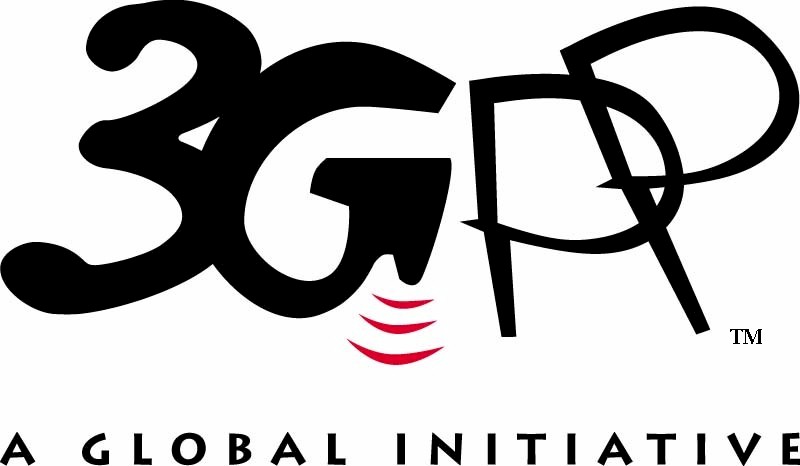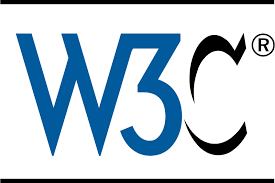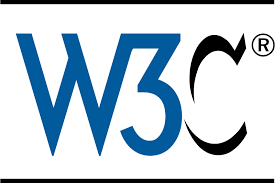The mission of the Decentralized Identifier Working Group is to standardize the DID URI scheme, the data model and syntax of DID Documents, which contain information related to DIDs that enable the aforementioned initial use cases, and the requirements for DID Method specifications.
The design approach for the DID specification is the same as the URI specification (RFC 3986). RFC 3986 defines the generic syntax for URIs, and all URI schemes are separate specifications. In fact, the DID specification is a conformant URI scheme. The goal of the DID specification is to do exactly the same for DIDs, that is, for this Working Group to define the generic DID specification, and then for others to define DID Method specifications.
The Working Group will:
- Define the DID URI scheme.
- Recommend a data model and syntax(es) for the expression of Decentralized Identifier Documents, including one or more core vocabularies.
- Recommend a set of requirements for DID Method specifications that are conformant with the data model and syntax(es). The DID Method specification authoring requirements will recommend a list of mandatory and optional operations, with associated descriptions, which are expected to be defined in DID method specifications.
- Provide a rubric of decentralized characteristics for DID Method specifications. This allows the DID Method specifications to self-certify, or independent third parties to evaluate, the DID Method specification's level of adherence to principles of decentralization.
- Concentrate their efforts on the initial use cases with a particular focus on enabling future specification and implementation of Identity and Access Management. Use cases from other industries may be included if there is significant industry participation.
- Define extension points enabling authentication, signing and cryptography mechanisms, but not defining specific authentication, signing, or cryptography mechanisms. (See "Out of Scope".)
- With the initial use cases document as input, the WG will produce a NOTE at the end of the process that is a refined Use Cases document.
- Establish a deterministic mapping between DID method identifiers and the resolution process used to resolve that DID method.










